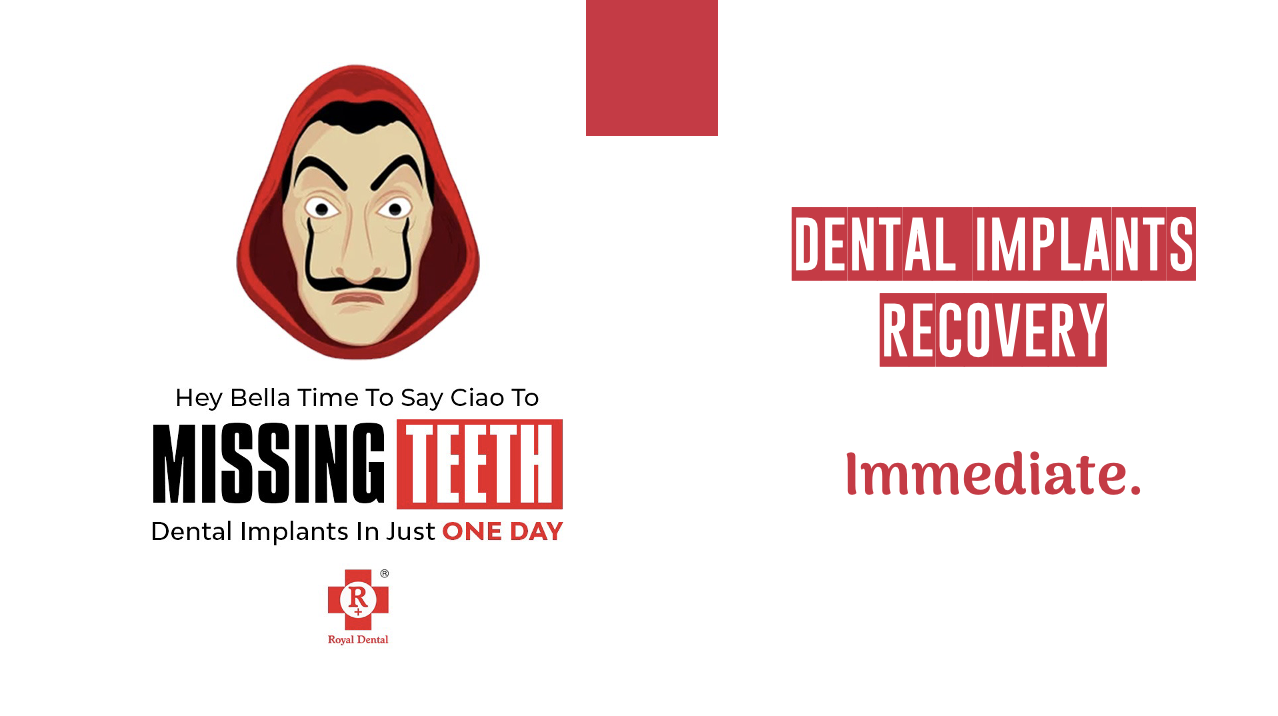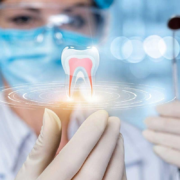When it comes to replacing missing teeth, there are a number of options. If you have lost one of your molars, you may be wondering which is the best choice between replacing it with an implant vs bridge. Both have their pros and cons, but when it comes down to it. The choice between implants vs bridges comes down to the individual’s situation. If you have begun researching your options after learning that you will need to replace one or more of your molars, you have likely come across two main dental replacement solutions: getting a bridge vs getting an implant. Both can be good solutions for different reasons, so let’s explore how each option stacks up against the other!
What is a dental bridge?
A dental bridge is a kind of oral surgery procedure that replaces a missing tooth with a dental prosthesis that is fixed to the surrounding teeth. There are a few different types of dental bridges but the most common is the traditional bridge that features a false tooth connected to two surrounding teeth with crowns. They can be made from natural or artificial materials and are affixed to the teeth with dental cement or a special type of glue.
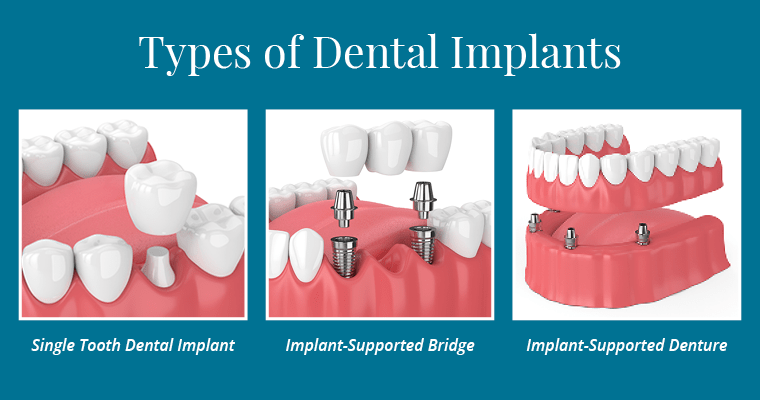
A traditional dental bridge will replace an entire row of teeth. Because it replaces an entire row of teeth. It is often the best solution if you have multiple teeth missing in various parts of your mouth. However, bridges are a relatively invasive type of dental procedure that requires some degree of oral surgery.
If you have missing teeth, your dentist can close — or bridge — the gaps in your smile with dental bridges. A dental bridge is a false tooth (called a pontic). That is held in place by the abutment teeth on either side of the gap. Although politics can be made from a variety of materials such as gold, typically they’re made from porcelain to aesthetically blend in with your natural teeth.
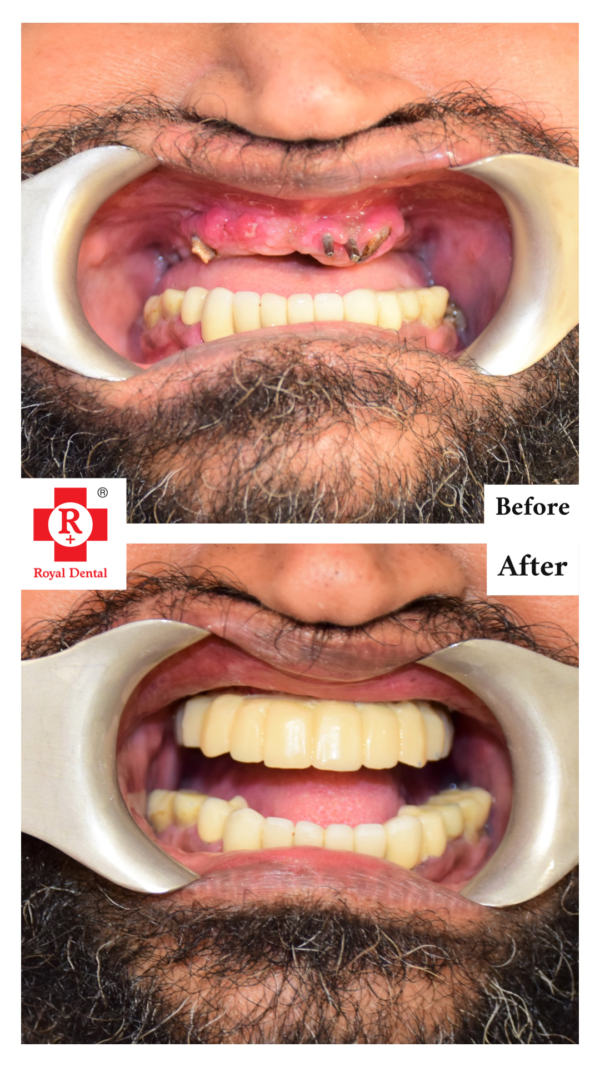
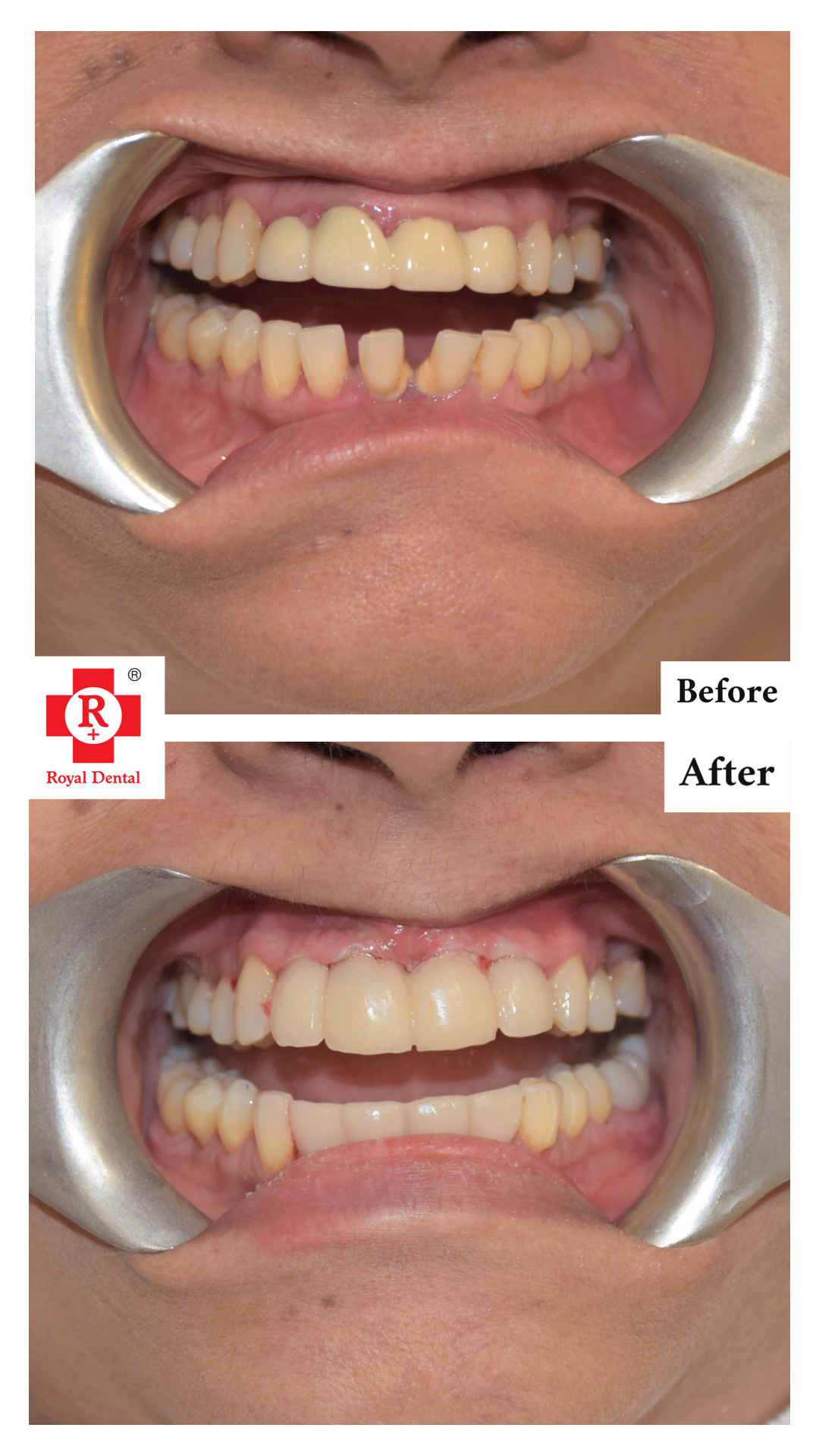
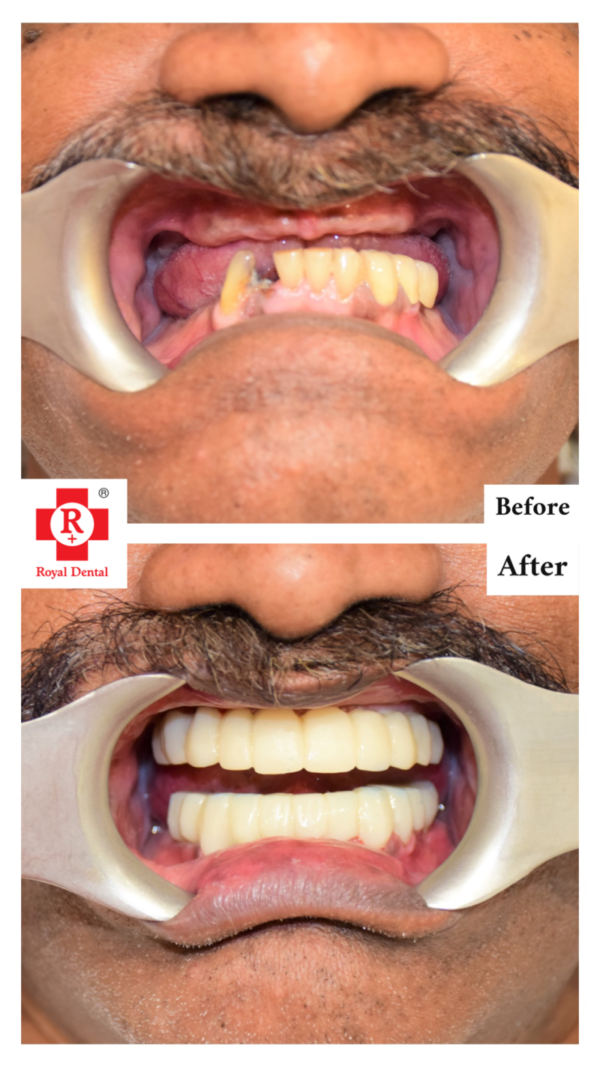
What is a dental implant?
A dental implant is a surgical procedure that involves implanting an artificial tooth root into the gum tissue of your mouth. An implant can be used to replace a single tooth, multiple teeth, or even an entire missing row of teeth. Depending on the type of implant used. An implant can either be used as a direct tooth replacement or as an anchor to which other dental fixtures are fixed.
Implant dentistry is a relatively new field of dentistry with over a million people around the world now having implants. This is largely due to the fact that implant dentistry has become an increasingly more straightforward procedure over the last few decades.
Pros of using dental implants to replace molars
Long-lasting dental solution An implant can last for decades in most cases and can provide you with a long-lasting dental solution for your missing teeth. Increased oral health In addition to being a long-lasting dental solution. Implants can also improve oral health in the surrounding teeth and gums. This is because the implant acts to support the teeth and prevent the gums from becoming overly swollen.
Improved chewing ability Implants can also play a role in improving chewing ability. This is particularly the case when a single tooth implant is used to replace a missing tooth. An implant does not require any sort of oral surgery. This can make the process significantly less painful and allow you to avoid the risk of infection that comes with undergoing oral surgery.
Cons of dental implant replacement
Potential for infection – The main con of using implants to replace a missing tooth is that you may also be prone to developing dental implant infection.
Healing time – Due to the fact that an implant needs to integrate with the surrounding gum tissue. You will likely need to wait at least three months before you can eat anything hard.
More expensive – While implants are often more expensive than bridges, they are also generally covered by dental insurance. This makes the extra investment worthwhile for many people.

Pros of using a bridge to replace molars
Less invasive – One of the biggest pros of using a bridge to replace missing molars is that it is a less invasive type of dental surgery than implants.
Fewer risks of complications – As we previously discussed, implants are prone to certain types of complications.
No need for future procedures – Another thing that makes dental bridges better for molar replacement than implants is that you likely won’t need to have a future procedure to replace them.

More affordable – While implants are often more expensive than bridges. Dental bridges cost significantly less to make and purchase as a dental procedure.
Quicker recovery time – Finally. Another pro of bridge replacement is that you can often return to your normal life much quicker than when using an implant.
Cons of bridge replacement
Less long-lasting – While dental bridges are often associated with fewer complications than implants, they are also generally less long-lasting. This is particularly the case when using traditional dental bridges.
May require oral surgery – While dental bridges are generally less invasive than implants,.They do require some degree of oral surgery to be placed.
May require removal – Another con of bridge replacement is that they may need to be removed in the future. This can be necessary due to shifting teeth, dental decay, or even gum disease.
Bottom line to dental implants
When it comes to replacing missing molars, dental implants are the longer-lasting solution. This means that they are less likely to require removal in the near future. However, dental bridges are the less invasive option and come with fewer risks of complications. Ultimately, the decision between implants vs bridges will come down to your individual situation.

